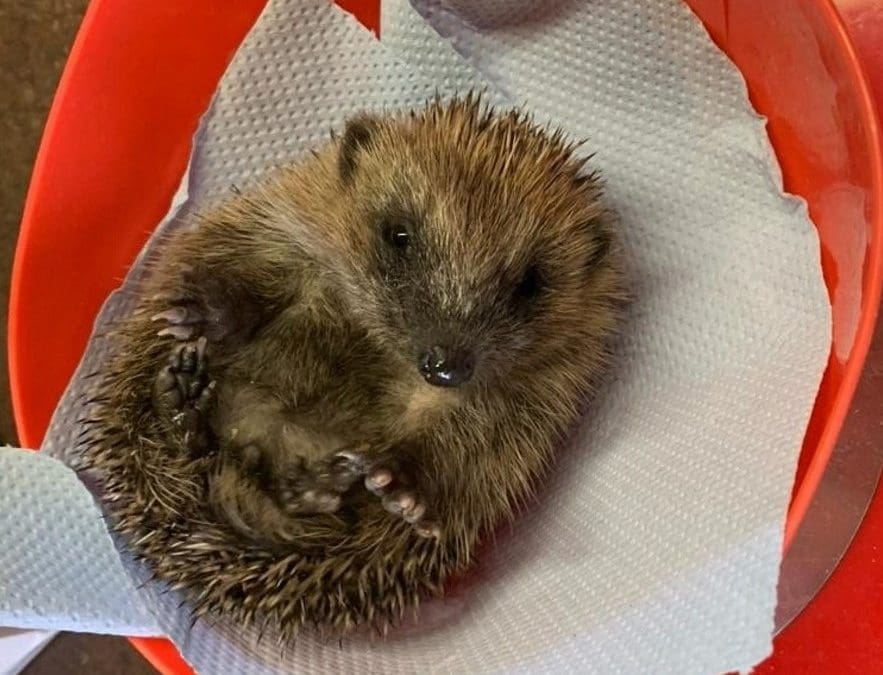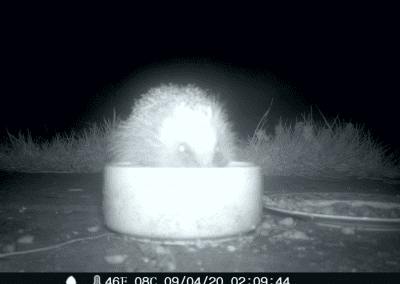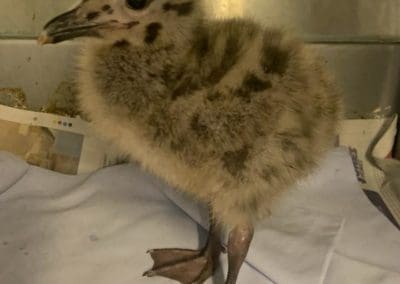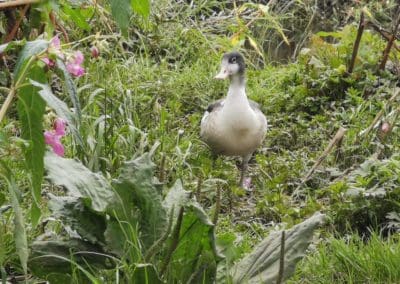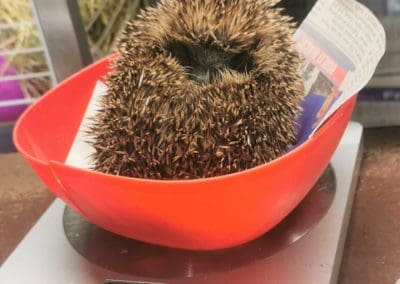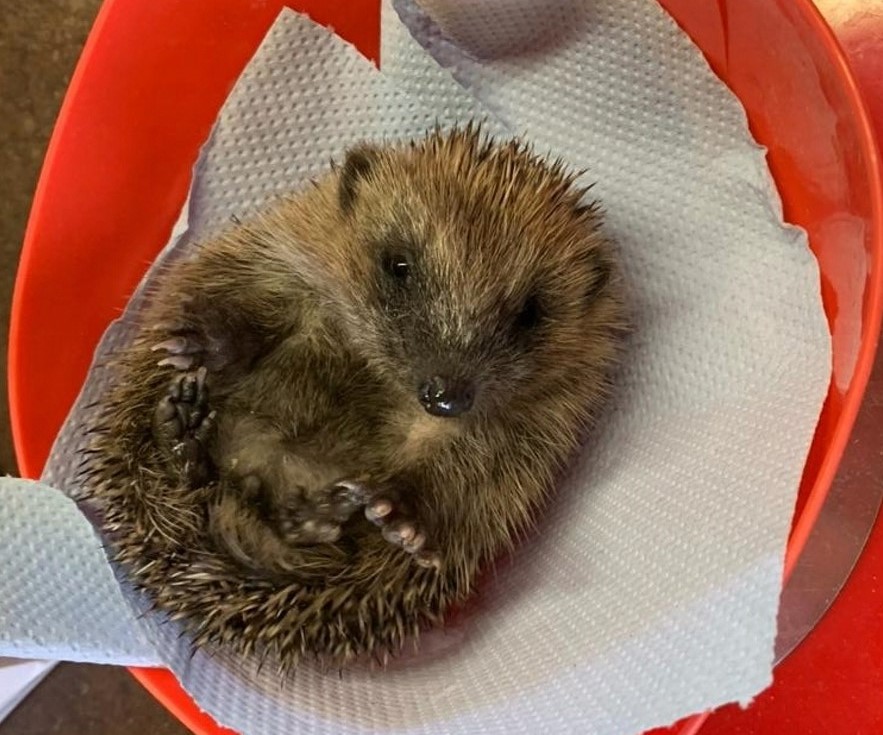
It’s the quiet time of year on the wildlife unit, even though we still have over 100 wild animals in our care. Hedgehogs are taking up most of the space, as sadly we are unable to admit any sick or injured wild birds – due to the Avian Influenza outbreak. Over 70 cases have been reported, this being nearly triple the number of cases from previous years. We are hoping that in the next couple of months, as the temperatures begin to rise we will be able to open our doors to the wild birds in need of help.
The majority of hedgehogs that have been admitted this year have been seen out in the daylight. Thankfully for many, they have been brought in to us just in time to get the necessary treatment. The wildlife team have seen underweight and dehydrated hedgehogs – with the majority needing parasite treatment. This poor hedgehog below had to cope with an infestation of mites and fleas, as well as an infected right eye.
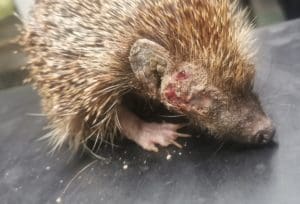
The next few weeks are only going to get busier on the wildlife unit – with the start of the busy spring and summer season coming closer. Stories of successful releases will begin, when the weather gets a little warmer! For now, we will continue monitoring the healthy hedgehogs, while they are being over wintered with us – and hopefully soon they will be back out in the wild once again.
Out and about in January
This is the time to look out for squirrels, frantically chasing each other through the branches at high speeds, nose to tail, as mating season often begins on a warm January day. The female red squirrel can produce two litters in a good year, one in April and the other in August. On average, they have three babies in each litter.
January is the main mating period for foxes, who become very vocal during this time and are likely to wake you with their eerie screams and barks. Males roam through neighbouring territories looking for receptive females and sadly, road deaths are common. During this period, foxes may stop visiting gardens for food as mating takes priority.
January is also traditionally the month for wassailing, a pagan custom, in which apple trees are blessed with song and dance to ensure good times throughout the coming year.
Cultivated apple trees originally came from hillsides in Central Asia, but have now been growing wild in the UK for centuries. Ancient orchards are wonderful habitats for wildlife; however, the true native apple is the crab apple, a shorter, naturally thorny tree with small, tart red or yellow fruit. It’s an ideal tree for any garden and is beneficial to an array of wildlife. Now is the perfect time to plant one.
This is the time of the year to look out for snowdrops as they begin poke through the woodland floor, along roadsides, streams and river banks. They generally flower between January and March and given they flower so early, they don’t tend to rely on pollinators to reproduce, instead they spread by bulb division. They are also a good source of food for early bees and insects, especially on a warm winters’ day. Snowdrop seeds are attractive to ants who often carry off ripe seeds thereby distributing snowdrops to pastures new.
Did you know…
- Muntjac deer breed all year round and are now venturing into urban areas?
- That Holly leaves can switch genes to make their leaves spiky after they have been nibbled by wildlife. Tall Holly trees usually have smooth leaves in the upper branches and spiky leaves on the lower ones.
- The UK supports hundreds of ancient Yews aged over a thousand years old. At least four are thought to be five thousand years old. Sadly, these mighty trees enjoy little or no protection despite being the oldest living things in Britain. Many ancient Yew trees can be found in old churchyards as they were thought to connect the living with the dead.
- It’s estimated, that in the UK, we put out enough food to feed nearly 200 million birds, that’s almost half the birds in the UK.
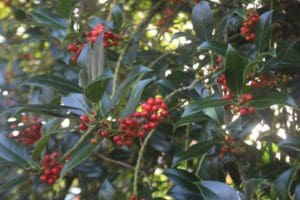
Please remember to…
- Support wildlife at this time of the year. Besides putting out food for the birds, keep an eye on birdbaths and ponds that may be frozen, thereby depriving birds and small mammals of water.
- Small birds can lose over 10% of their total body weight during a single winter night as they are unable to store fat as this interferes with flying.
- It’s worth adding nest boxes during winter as small birds will use these as shelters along with thick vegetation or a hole in a tree where they are often found huddling together for warmth. Houses and heated properties are also a favourite and any gap, nook or cavity will be occupied.
And Finally…
Always seek advice from wildlife staff before bringing an animal to the rescue. If an animal is injured, please take it to a vet as we don’t always have a vet on site.
Until next time, stay safe.

Merchandise


